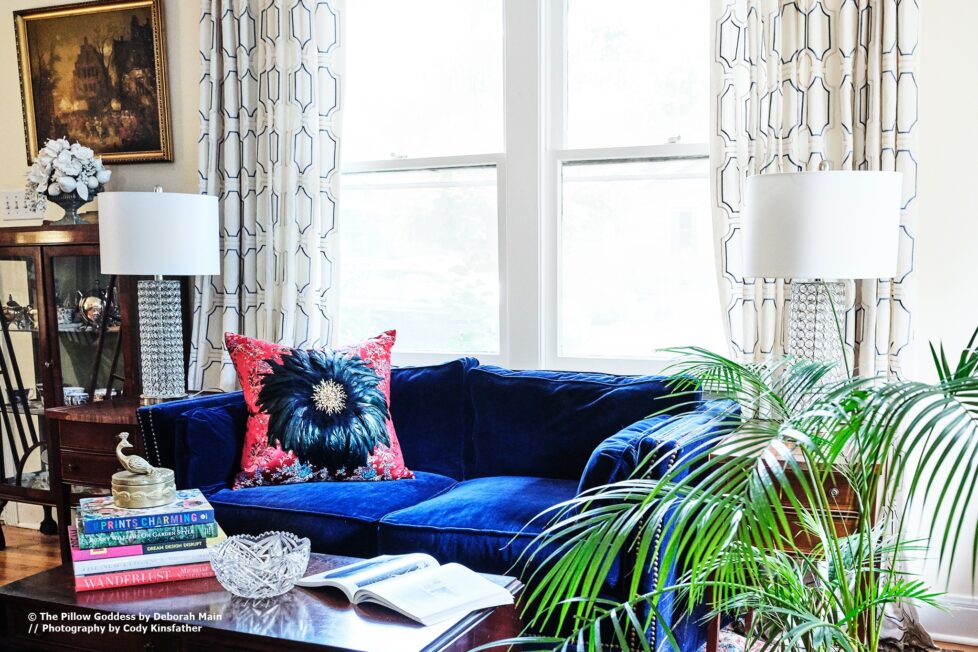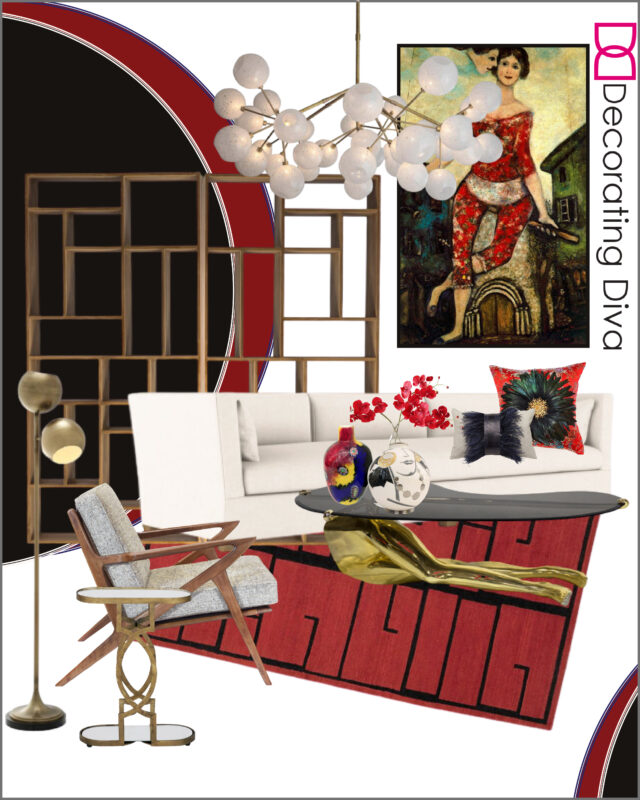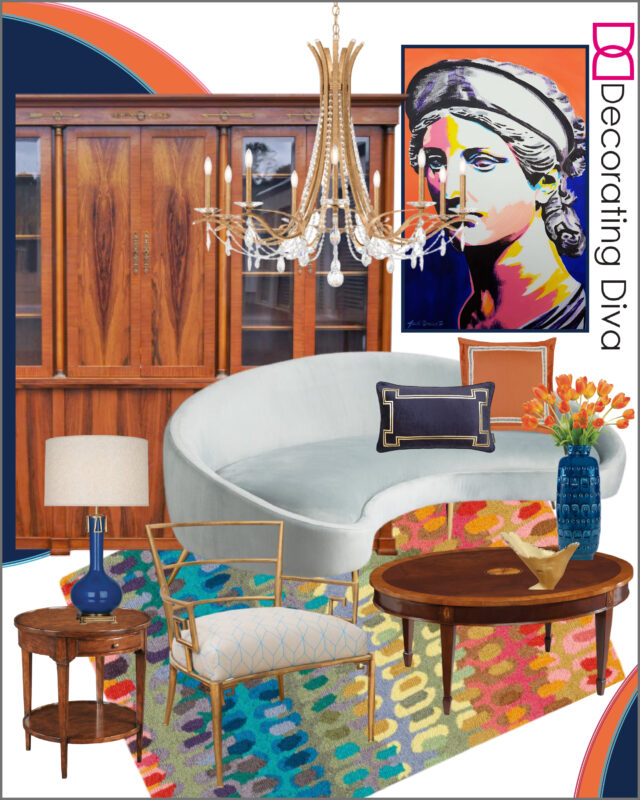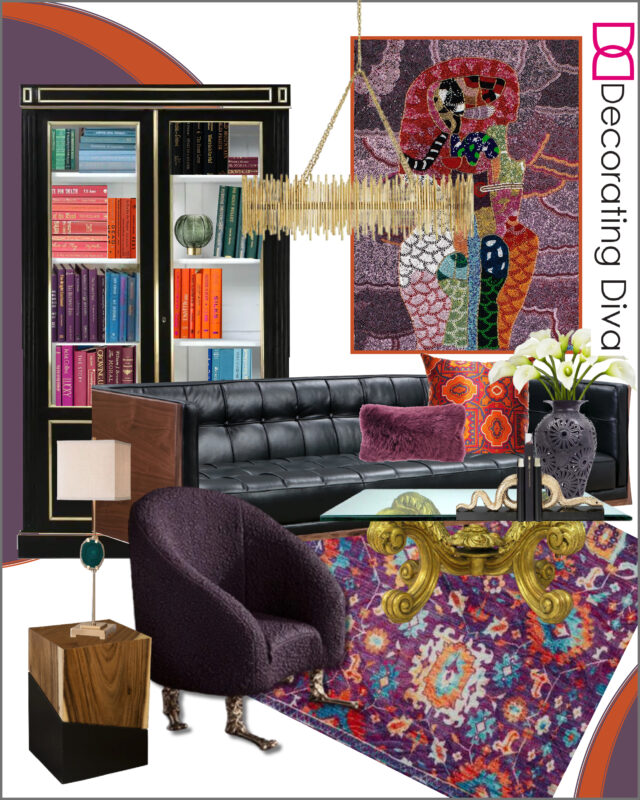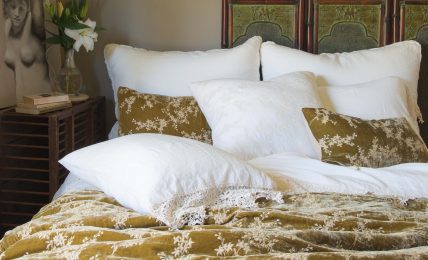Saxon Henry’s Modern Salonnière
Delve into a combination book review and decoration inspiration featuring four modern salon/living room designs sparked from the charismatic historical figures (Peggy Guggenheim, Élisabeth Vigée Le Brun, Ottoline Morrell, and Jim Morrison) that author Saxon Henry brings to life in her captivating book The Modern Salonnière.
